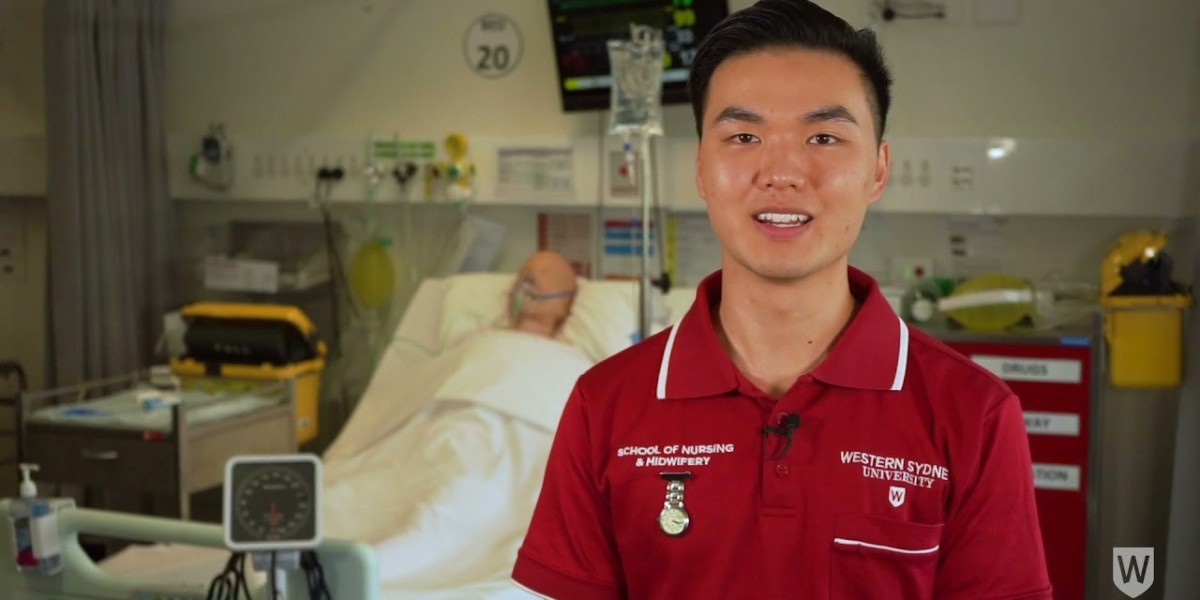Accidents in the workplace can happen without warning, making it essential for all employees to be equipped with the knowledge and skills necessary to respond effectively. Proper accident response procedures not only help to protect the well-being of the injured individual but also contribute to a safer work environment. What should you do if an accident or sudden illness should occur at work? This article will provide a comprehensive guide on what every employee should know about accident response procedures, including preparation, immediate actions, reporting, and follow-up.
Introduction
Understanding accident response procedures is crucial for fostering a culture of safety in the workplace. Every employee, regardless of their role, plays a part in ensuring that accidents are handled efficiently and effectively. By knowing the correct procedures, employees can help minimize injuries and ensure that those affected receive timely care.
1. Importance of Accident Response Procedures
1.1 Ensuring Safety and Well-Being
The primary goal of accident response procedures is to ensure the safety and well-being of all employees. A well-informed workforce can react quickly to emergencies, reducing the risk of further injuries.
1.2 Legal Compliance
Employers are legally obligated to maintain a safe working environment and to provide training on how to handle emergencies. Understanding these procedures helps ensure compliance with workplace safety regulations.
1.3 Promoting a Safety Culture
When employees are knowledgeable about accident response procedures, it fosters a culture of safety and accountability. This proactive approach can lead to fewer accidents and a more positive workplace atmosphere.
2. Preparation for Accidents
2.1 Training and Drills
Employees should undergo regular training sessions that cover accident response procedures. This training should include:
Basic First Aid and CPR: Employees should be familiar with basic first aid techniques and cardiopulmonary resuscitation (CPR) to provide immediate assistance.
Emergency Evacuation Procedures: Knowing how to evacuate the building safely is essential in case of emergencies such as fires or chemical spills.
Use of Safety Equipment: Training on how to properly use safety equipment like fire extinguishers and first aid kits is critical.
2.2 Emergency Contact Information
Every workplace should maintain a list of emergency contacts, including:
- Local emergency services (police, fire, medical)
- On-site first aid responders
- Key management personnel
This information should be easily accessible to all employees.
2.3 Establishing an Emergency Response Team
Having a designated team of employees trained in emergency response can improve the efficiency of accident management. This team should consist of individuals trained in first aid, safety protocols, and crisis management.
3. Immediate Response Steps
3.1 Assess the Situation
When an accident occurs, the first step is to assess the situation:
Ensure Your Safety: Before helping others, ensure that it is safe for you to approach the scene of the accident. Avoid any hazards that may pose further risk.
Evaluate the Victim: Quickly check the injured individual to determine the severity of their injuries. Look for signs of consciousness, breathing, and bleeding.
3.2 Call for Help
If the situation is serious:
Dial Emergency Services: Call for medical help immediately if the injuries are life-threatening or require urgent attention. Provide clear and concise information about the incident.
Notify Your Supervisor: Inform your supervisor or designated safety officer about the accident so they can initiate any necessary protocols.
3.3 Provide First Aid
If you are trained in first aid:
Administer Basic Care: Depending on the nature of the injuries, provide basic first aid such as applying pressure to bleeding wounds, ensuring the individual is comfortable, and performing CPR if necessary.
Reassure the Victim: Keep the injured person calm and assure them that help is on the way.
3.4 Stay with the Individual
Remain with the injured person until professional help arrives. Monitor their condition and be prepared to provide further information to emergency responders when they arrive.
4. Reporting the Incident
4.1 Documenting the Accident
After addressing the immediate needs of the injured person, it is essential to document the incident:
Complete an Incident Report: This report should include the date, time, and location of the accident, as well as a detailed description of what happened, the individuals involved, and any witnesses.
Gather Statements: Collect statements from witnesses as soon as possible while the details are fresh in their minds.
4.2 Notify Management
Ensure that your supervisor or the safety officer is informed about the incident as soon as possible. They will likely need to initiate further investigations and report the incident to regulatory authorities if required.
4.3 Review Company Policies
Familiarize yourself with your company’s policies regarding accident reporting. This may include notifying specific departments, completing additional documentation, or conducting follow-up meetings.
5. Follow-Up Actions
5.1 Medical Follow-Up
Ensure that the injured employee receives any necessary medical care. This may involve:
Arranging Transportation: If the individual needs to go to a medical facility, arrange for transportation as needed.
Encouraging Medical Evaluation: Encourage the injured person to seek medical evaluation, even if their injuries seem minor.
5.2 Reviewing the Incident
After the immediate response, it is important to review the incident:
Conduct an Investigation: The designated safety officer or emergency response team should investigate the circumstances surrounding the accident to identify contributing factors and areas for improvement.
Implement Changes: Based on the findings, implement changes to safety protocols, training, and equipment as necessary to prevent similar accidents in the future.
5.3 Support for Affected Employees
Accidents can have emotional and psychological impacts on those involved. Providing support may include:
Counseling Services: Offer access to employee assistance programs (EAPs) or counseling services for affected employees.
Follow-Up Check-ins: Regularly check in with the injured employee to assess their recovery and well-being.
6. Creating a Culture of Safety
6.1 Encouraging Open Communication
Fostering a culture where employees feel comfortable discussing safety concerns is vital. Encourage reporting of near misses and hazards to proactively address potential issues.
6.2 Recognizing Safe Practices
Acknowledging and rewarding safe practices can motivate employees to adhere to safety protocols. Consider implementing safety awards or recognition programs.
6.3 Continuous Training
Safety training should not be a one-time event. Regularly update training programs and provide refresher courses to ensure all employees remain informed about accident response procedures.
Conclusion
Accidents can happen in any workplace, but understanding and adhering to accident response procedures can make a significant difference in outcomes. Every employee has a role to play in ensuring a safe work environment. By preparing for emergencies, knowing how to respond effectively, and fostering a culture of safety, organizations can protect their employees and create a safer workplace for all. Through training, communication, and a commitment to continuous improvement, employees can contribute to minimizing accidents and effectively managing any incidents that do occur.



